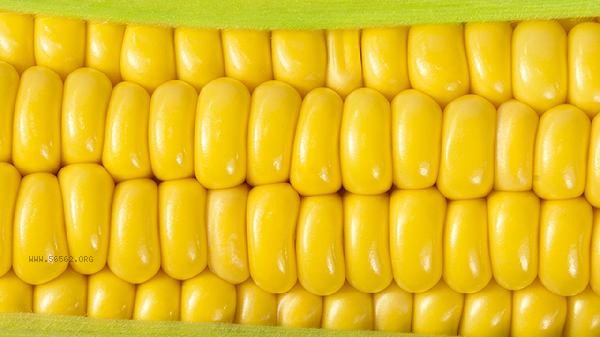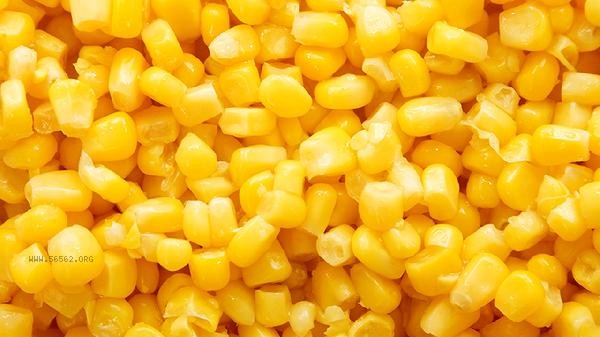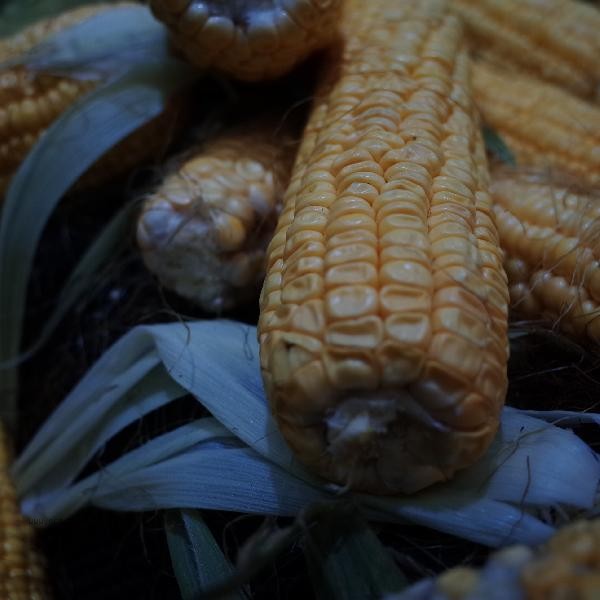Corn juice and milk can be squeezed together for a richer and more nutritious taste. The sweetness of corn and the richness of milk can enhance each other, making it suitable for breakfast or drinks. When making, attention should be paid to the proportion of ingredients and processing methods to avoid overly thick taste or imbalanced flavor.

Choose fresh sweet corn kernels, peel them and wash them for later use. For milk, it is recommended to use whole milk to enhance smoothness. Put corn kernels and milk in a 1:1 ratio into a blender, add a small amount of water to adjust the thickness, and stir at high speed until fine and particle free. If you prefer a warm taste, you can first steam or cook the corn kernels before mixing them with warm milk for juice extraction to avoid high temperatures damaging the nutrition of the milk. Adding a small amount of honey or rock sugar can balance the sweetness, but it should not be excessive.

Some people may have lactose intolerance or corn allergy, and should stop immediately if they experience gastrointestinal discomfort after drinking. Corn juice contains a lot of dietary fiber, and when paired with milk, it may slow down digestion. People with indigestion should drink it in small amounts and in portions. After juicing, it is recommended to consume as soon as possible to avoid oxidation or bacterial growth caused by prolonged storage. refrigerated storage should not exceed 4 hours, and can be slightly heated to room temperature before consumption. Corn juice mixed with milk is rich in high-quality protein, calcium, and B vitamins, suitable for children and pregnant women to supplement nutrition. Daily consumption can be paired with whole wheat bread or nuts to enhance satiety. For those with gastrointestinal sensitivity, it is recommended to replace milk with low lactose products or plant-based milk, and adjust the amount of corn used according to physical condition. Long term consumption should pay attention to dietary diversity and avoid single nutrient intake.









Comments (0)
Leave a Comment
No comments yet
Be the first to share your thoughts!